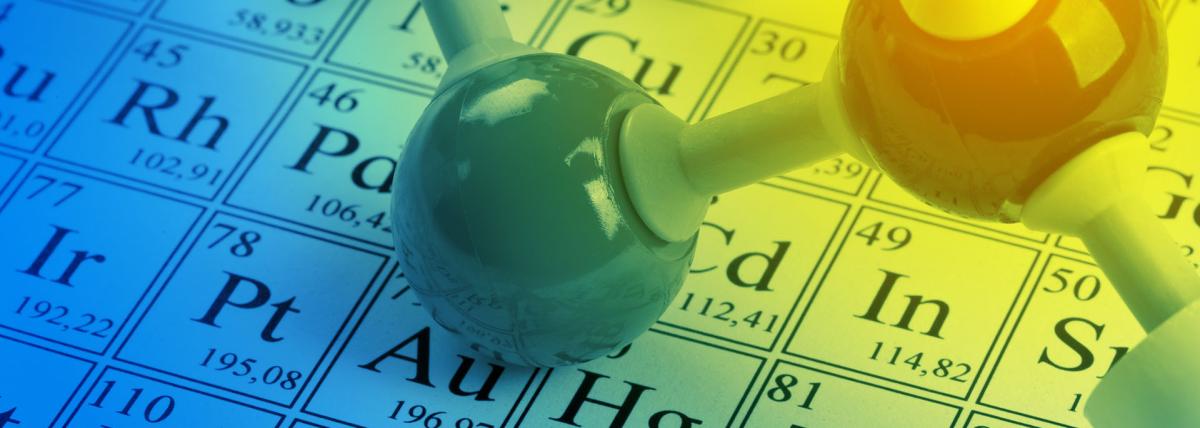
Students will observe and investigate the shapes of bubbles. They will then create their own wand in a different shape to see if bubbles are always round or if they can create a different shape.
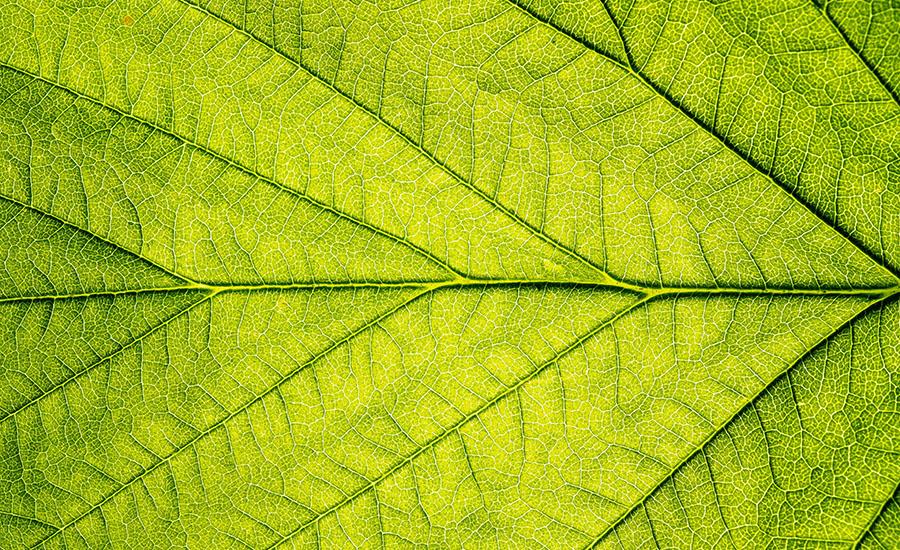
Students will be learning about adaptation. Students will participate in a project where they will see if seeds can grow in a bag without soil and natural sunlight. They will also compare and contrast

Within eight 60 minutes class periods Design a native, pollinator friendly garden with the help of a local gardener/master gardener. Students work together to create a classroom garden, monitor plant
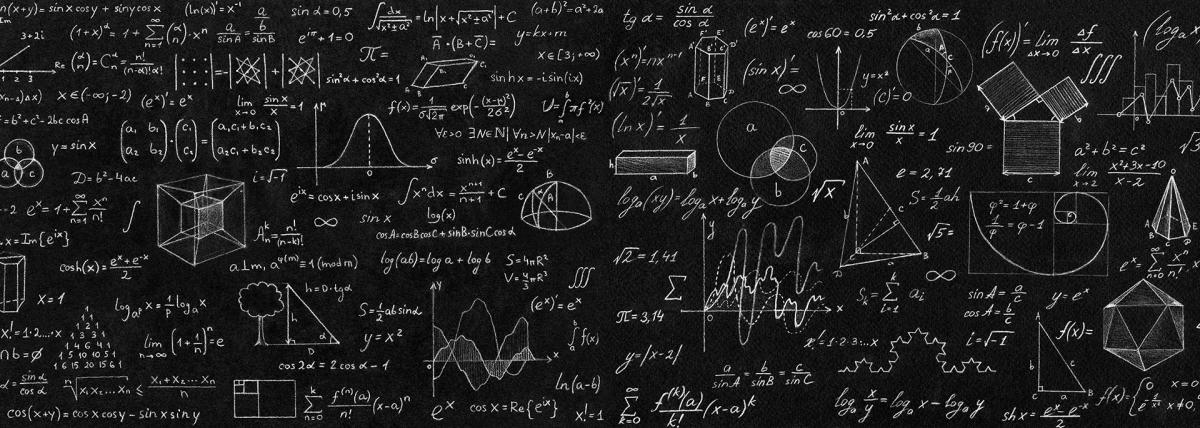
Students will investigate the difference between amplitude and frequency to see which one transfers more energy. Students will collect data, graph their data, and complete a written conclusion.
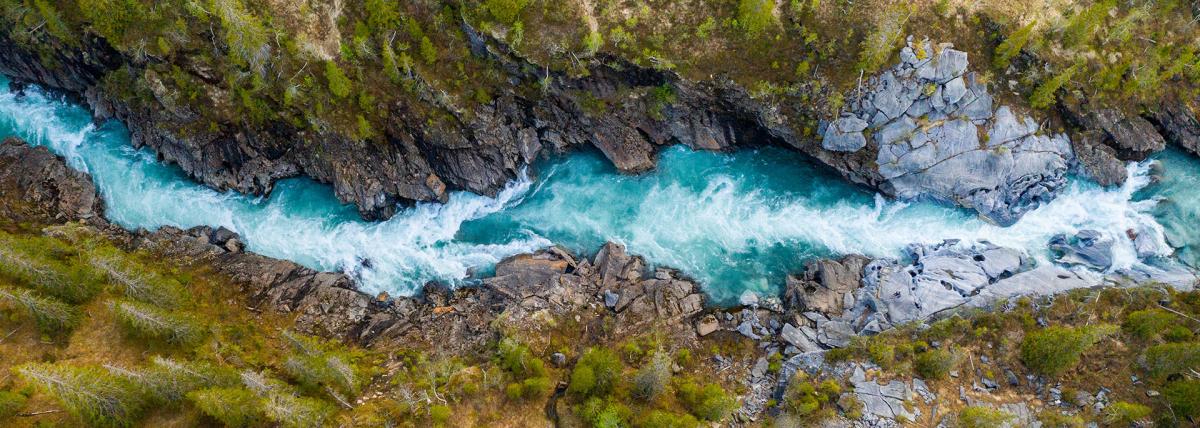
This lesson, adapted from NOAA, focuses on tides. Students pretend to be a ship captain delivering materials to a construction company. However, their ship must go under a bridge. Students must find

Students will study car barrier engineering in this lesson. They will study how Newton’s Second Law of motion can be applied to determine how to decrease the force of impact during a collision. They

Students will demonstrate how environmental resources affect a population and analyze the population growth over several generations.

Students will discover: I put rotted food into a container with earthworms, where did the food go?

Students will discover: What will happen if animals are eliminated in ecosystems and food webs?

Students will discover: Why do organisms depend on other organisms for survival?

This is an Agricultural STEM lesson designed for primary grades. It shows how worms break down organic matter (a banana peel). The students will measure and observe the decomposition overtime. They

This lesson will help children discover the phenomena: People say I have so much energy all the time and that the sun gives plants energy, is it the same?

Students will participate in a hands-on scientific experiment that addresses the question: "Can you grow plants without seeds?" To further explore this concept, students will actively listen to a read

This a hands on activity that will have the students measure the frequency of a resonating glass bottle by using their cells phones. They will then combine with other groups to play a well known song
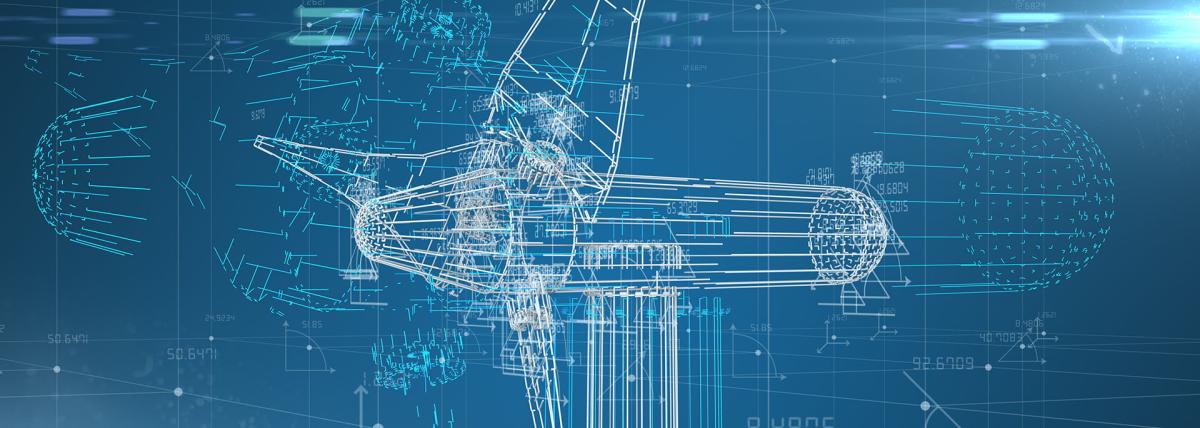
Engineers often create small-size models of a new product to test its design. This is especially true with airplanes. Model testing tells engineers how a design responds to different air conditions

Students will read the novel, "The Lion of Mars", design & launch paper rockets, and then design a sustainable Mars Colony inspired by the novel. This hands-on lesson is scheduled to take around 15
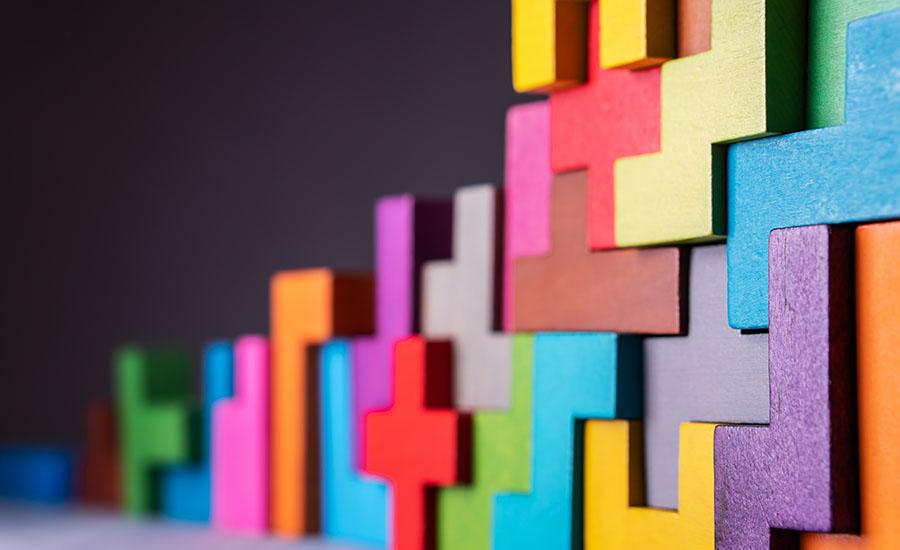
Students use large building bricks to practice computational thinking, direction giving and being specific in those directions. This lesson can be completed in one 30-45 minute class session. This is
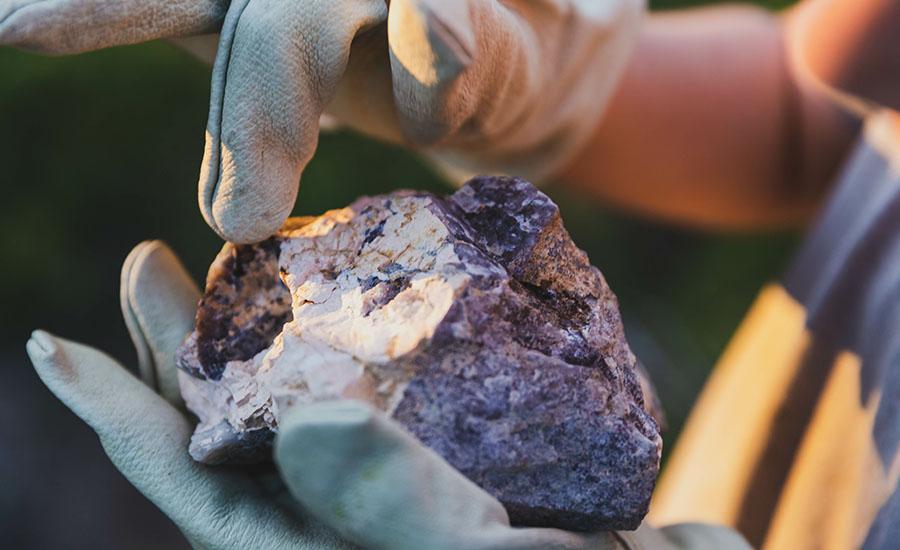
In this unique and engaging lesson, students will simulate the Oregon Trail journey using STEM to make decisions and analyze outcomes. They will collaborate and communicate effectively with their

This is the last part of the evidence of the Big Bang Theory. Students will learn of nucleosynthesis and the products of the big bang. They will watch videos and engage in activities that model the
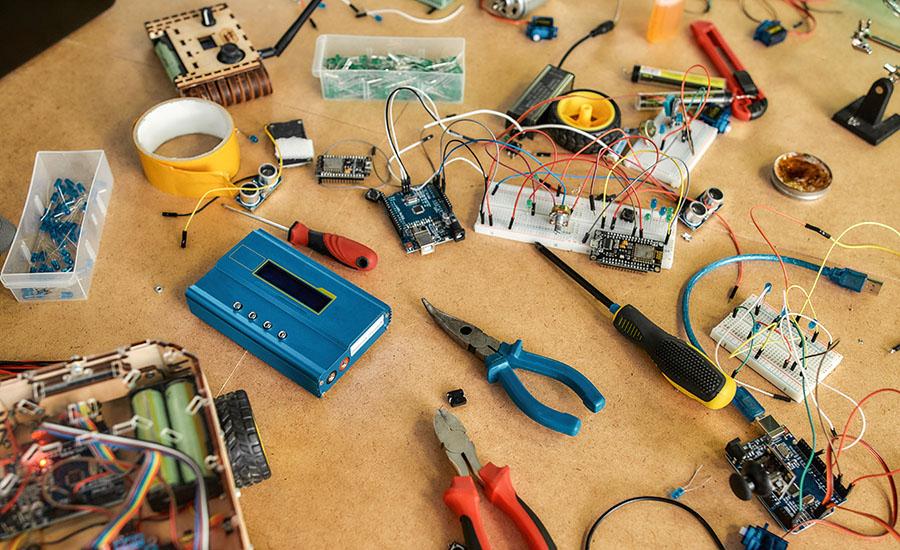
This lesson focuses on developing an understanding of forms of energy and energy transfer/transformation within the system of a rubber band powered car. Students will construct a car using soda

Students will construct a straw rocket launcher that utilizes air pressure as the force to push the rocket through the air. A STEM journal will guide them through planning an investigation. Students

This lesson is about Rapunzel who wants to get down from her tower and explore the world. As engineers, you have to build her a structure to escape safely. This is a fun hands-on activity for students

This is part of an introduction to EdScratch using Edison Robots. Students will model the flow of an ecosystem. This is a hands-on experience for students to explore life science concepts using

This lesson is an introduction to Tangible Coding and Sequencing to model the flow of an ecosystem. This is a hands-on way to incorporate coding and robots with life science concepts. This is a 2-part


